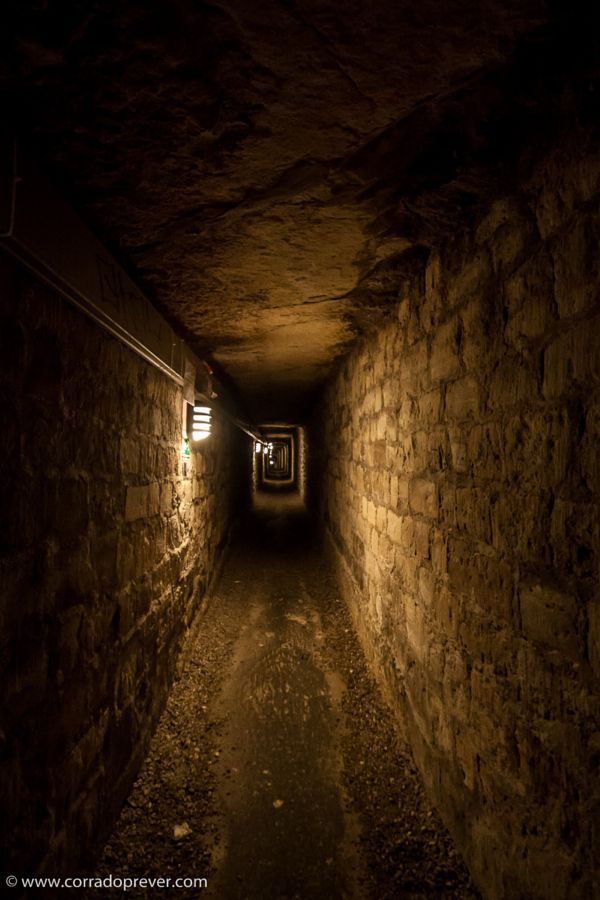The exploration of catacombs has always been a fascinating endeavor for urban explorers. These underground burial sites hold a rich history and are often filled with archaeological wonders. However, navigating through the dark, labyrinthine passages can be challenging. To shed some light on this topic (quite literally), here are the top 10 excavation techniques used in catacomb exploration.
1. Ground Penetrating Radar (GPR): This non-invasive technique uses radar pulses to create an image of subsurface structures. GPR helps identify potential entry points and map out unexplored areas within catacombs.
2. Laser Scanning: Highly accurate laser scanners capture detailed 3D images of the catacombs, allowing researchers to analyze the structure without physically being present.
3. Photogrammetry: By combining multiple photographs taken from different angles, photogrammetry creates precise digital models of catacomb interiors, aiding in mapping and analysis.
4. Remote Sensing Techniques: Using drones equipped with LiDAR or thermal cameras allows for aerial surveys that can detect hidden entrances or collapsed tunnels from above ground.
5. Sonar Imaging: In underwater catacombs or flooded sections, sonar technology provides detailed images by emitting sound waves and measuring their reflections off submerged surfaces.
6. Robotic Exploration: Small robotic devices equipped with cameras and sensors can navigate narrow passageways inaccessible to humans, capturing real-time footage and collecting data remotely.
7. Cave Diving: For submerged catacombs, skilled cave divers use specialized equipment to explore these underwater realms while documenting findings along the way.
8. Archaeological Excavation Methods: When exploring sensitive burial chambers or historically significant areas within a catacomb system, traditional archaeological techniques such as troweling and brushing are employed carefully to retrieve artifacts without causing damage.
9. Climbing Techniques: Catacombs often feature vertical shafts or steep inclines that require climbers skilled in various rope access techniques to safely explore and document inaccessible areas.
10. Ground Surveys: Prior to excavation, geophysical surveys are conducted above ground to identify potential catacomb structures or burial sites based on variations in soil density or magnetic anomalies.
It’s important to note that many catacombs are protected historical sites, so it is crucial for explorers to obtain the necessary permissions and follow ethical guidelines when venturing into these underground wonders. Excavation techniques should always prioritize preservation and respect for the cultural heritage found within these hidden realms.
As urban exploration continues to evolve, advancements in technology will undoubtedly aid in uncovering even more secrets of catacombs worldwide. These excavation techniques not only provide valuable insights into our past but also ensure that these subterranean marvels can be appreciated by future generations of adventurers and historians alike.

Leave a comment